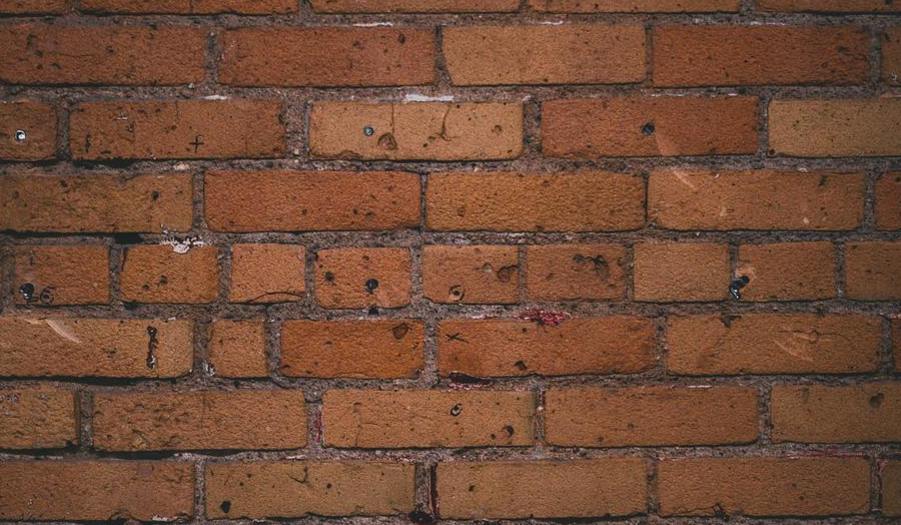Insulating your home - what are your options? Ask Nick Navas
Posted on 13th December 2022
People are always looking at ways to improve their homes, make them more energy efficient and add value to their investment. But now more than ever we see in marked increase in people seeking to draft proof their house and make it as efficient as possible this winter.
Here we ask Nick Navas, widely respected as one of the Midlands most experienced RICS Building Surveyors, his opinion and how we can make small to medium changes to get the most costeffective outcome.
A little bit about UK housing
Britain has some of the oldest and most beautiful architecture there is. We also hold some of the least energy efficient homes in Europe. According to government estimates, two thirds of the UK’s 29 million homes have EPC ratings of D or below. Nearly a quarter of our emissions come from heating poorly insulated buildings, so improving energy efficiency in the home is critical if we, as a country, are to reduce our energy consumption and meet our climate goals. As important as energy efficiency is for the environment, this winter is all about heating bills, rising costs and the UK cost of living crisis.
Let's take a look at ways we can help you to keep your home as warm as possible for as little outlay as possible
Where heat can escape it will. The usual culprits are the walls, roofs, floors, window frames and when your kids leave the back door open. I can't help you with your children but I can provide some clarity on the other items:
Walls: Around 1/3 of heat loss from an uninsulated house occurs through the walls. Depending on the type of property, this can be addressed with cavity wall insulation or solid wall insulation.
Roofs: Around ¼ of heat loss from an uninsulated house occurs through the roof. Installing loft insulation or topping up existing insulation to the maximum level is effective at preventing heat loss.

Check for cracked tiles and replace the broken ones
Chimney tops that aren't being used should have a ventilated cowl fitted
Make sure the loft insulation is up to standard. Since 2003, current building regulations recommend a depth of at least 270mm (mineral or glass wool) in the loft – use this as a starting point rather than a finishing line to see larger savings. In 1995, the recommended depth was 200mm. Prior to that it was less than 100mm
Gutters and drains need to be free from leaves and gunk to allow the water to flow. These can clog up and allow water to run down the walls causing issues if left unchecked
Check your pointing for gaps and cracks
Decking and external structures should be checked to make sure they don't block gulleys and air bricks
Windows that aren't double glazed lose 50 percent more heat on average. Fitting secondary windows can help but sometimes it's not possible due to budget or a building might be listed. In this case a good set of curtains can do a great job. Heavy, lined and well fitted.
Make sure condensation doesn't collect on the window
Old school draft excluders can work wonders on door frames and sills text to edit it.
Let's talk walls
Homes built from around 1920s onwards are likely to have cavity walls – exterior walls with two layers and a narrow gap in between. If you are unsure, check by looking at the bricks from outside; if they are laid lengthways and in an even pattern, it’s most likely to be a cavity wall. Homes built from the 1990s onwards probably already have some level of cavity wall insulation in place.
Official figures show that 70% of homes with cavity walls have cavity wall insulation in place, which leaves 30% of homes exposed. The heat loss arising from cavity walls may be less than with solid walls, but it can still be improved with insulation. Cavity wall insulation works by injecting foam or mineral wool into the gap, which traps heat inside the home to keep it warmer in the winter and cooler in the summer.

A summary
It's not always necessary to have cavity wall insulation fitted to your home. Some homes were designed with space between the wall cavity for a reason. Spray foam in loft spaces can also be a bad idea. If you plan to get any work carried out always seek out several quotes or estimates , read the reviews and check that the contractor is accredited with the appropriate governing body.
Before you spend hundreds or thousands on big item fixes make sure the small jobs are done first. They do make a big difference. Where you live, the elevation of your home, how you live and your budget will all come into play.
If you're unsure about how to proceed with more costly fixes for your home just drop me a line and remember...
You can always ask Nick!

Share this post:

